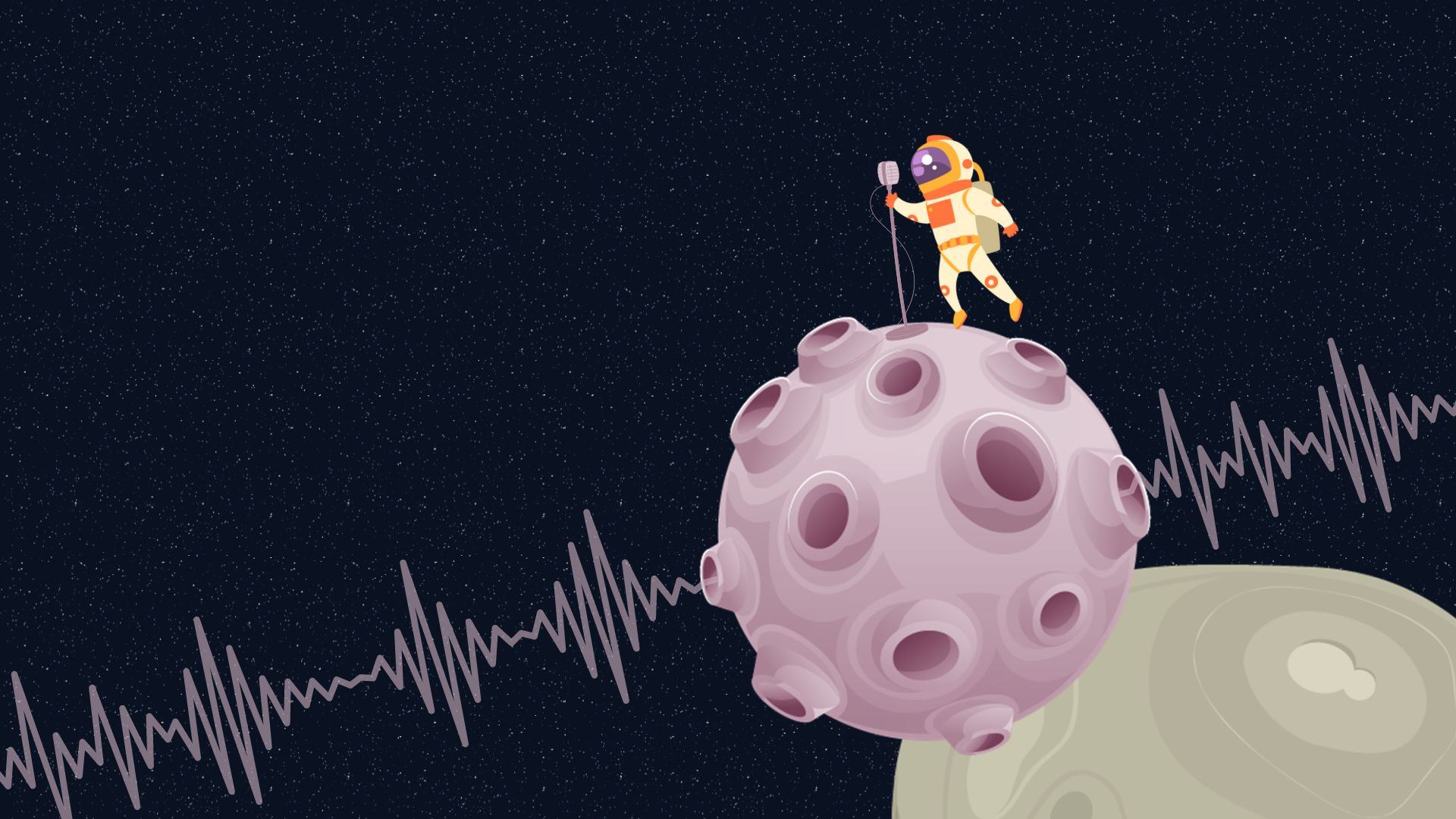Have you ever read a poem that made you laugh out loud? Humour is not often associated with poetry, but it can add a unique dimension to your writing. When done well, the use of humour in poetry can create a light-hearted and enjoyable reading experience. In this blog post, we’ll explore the art of humour in poetry and how you can incorporate it into your own writing.
What is Humour in Poetry?
Humour in poetry refers to the use of comedic elements to evoke laughter or amusement in the reader. This can be achieved through a variety of poetic devices and literary techniques such as wordplay, irony, satire, and exaggeration. The goal of using humour in poetry is not just to entertain but also to engage the reader and add depth to the meaning of the poem.
Examples of Funny Poems
Some of the most famous poems in the English language are also the funniest. Here are a few examples of comic verse that demonstrate how humour can be used in poetry:
- “The Owl and the Pussy-Cat” by Edward Lear: This nonsense poem tells the story of an owl and a cat who go to sea in a pea-green boat. The use of surreal imagery and playful language creates a whimsical and amusing tone.
- “The Jabberwocky” by Lewis Carroll: Another nonsense poem, “The Jabberwocky” is known for its use of invented words and fantastical creatures. The poem is both humorous and imaginative, creating a world that is both strange and familiar.
- “Ode to Stephen Dowling Bots, Dec’d” by Mark Twain: This satirical poem pokes fun at the sentimental poetry of the Victorian era. The exaggerated language and absurd subject matter create a sense of irony that is both amusing and thought-provoking.
How to Use Humour in Your Poetry
If you want to incorporate humour into your poetry, there are a few things to keep in mind. First, choose a tone that is appropriate for your subject matter. While some topics lend themselves to silly or whimsical humour, others may require a more subtle or ironic approach.
Second, experiment with different poetic devices and literary techniques to find what works best for your poem. Wordplay, exaggeration, and satire are just a few examples of the many ways you can add humour to your writing.
Finally, don’t be afraid to take risks and try something new. Humour is subjective, so what one reader finds funny, another may not. But by experimenting with different techniques and styles, you can find your own unique voice and create poems that are both entertaining and meaningful.
Conclusion
The use of humour in poetry is a powerful tool that can create a light-hearted and enjoyable reading experience. By incorporating poetic devices and literary techniques such as wordplay, exaggeration, and satire, you can add depth and meaning to your writing while also entertaining your readers. So why not try your hand at writing a funny poem today? Who knows, you might just surprise yourself with what you can create.



